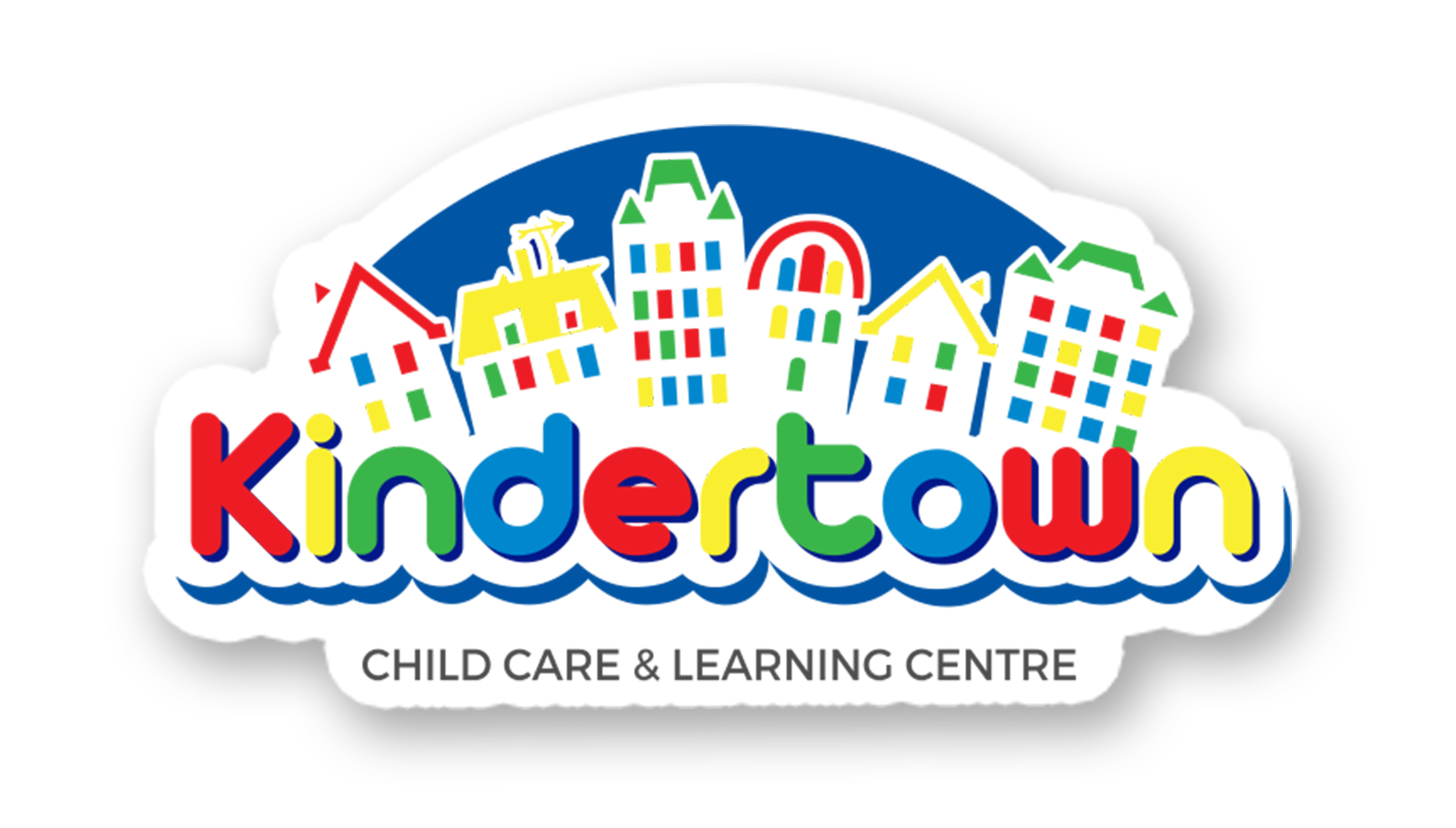Learning about Learning Environments: Fine Motor Magic
Though it may not seem like it, manipulative learning or fine motor play is integral to the physical and mental competencies of each child. Developing and acquiring the ability to control the movements of their hands and wrists will not only apply to learning abilities such as writing, but apply to the things we do in our daily lives.
Generally, fine motor is the learning and mastery of using your hands and fingers by touching, grasping, carrying, twisting, taking apart, putting together, attaching things, and operating tools like scissors, hammers, forks and spoons. Fine motor and manipulative play is in everything we do, and how we do it - they happen even when we are not thinking about. However, exercising our fine motor skills requires the constant communication and coordination of our brain and our muscles - a talent that requires practice through the development of neurological pathways that will be well travelled from the time a child is born, well into adulthood.
The wonderful thing about manipulative or fine motor learning is that it can happen in almost any learning environment, at almost any second. For example, in each KTown classroom, we have a kitchen & home area that encourages children to engage in play with familiar household items like plates, forks and knives. When not in our dramatic play area, KTown kids can refine their fine motor skills by using our sensory bins, or participating in K-Town’s ‘atelier-for-a-day’ program by exploring different tools to paint, form clay, draw and/or color.
Our educators also employ a variety of activities that focus specifically on fine motor skills. In our Toddler and Tweenie classrooms, this usually consists of activities that require kids to pick up and move larger, easily held objects such as soft round balls and large blocks. Once children are able to master these skills, our educators usually add a tool - such as large tongs or spoons to pick up and scoop items. When K-Town kids graduate to our preschool program, we refine this process by using smaller loose parts that require a fair bit of concentration and focus - while also incorporating ideas of literacy, numeracy and concepts. This could mean a variety of things: comparing shapes, images or letters on a small rock or card and placing it in the appropriate basket. This could also mean encouraging children to carefully place different sized objects and shapes in appropriately sized holes or vessels.
There are many ways to help children develop and master their fine motor skills, all with the intent and purpose to best prepare them for when they leave Kindertown and graduate to big school. Our hope is that once they’re ready, these foundational skills will help each K-Town graduate thrive in the school setting.

